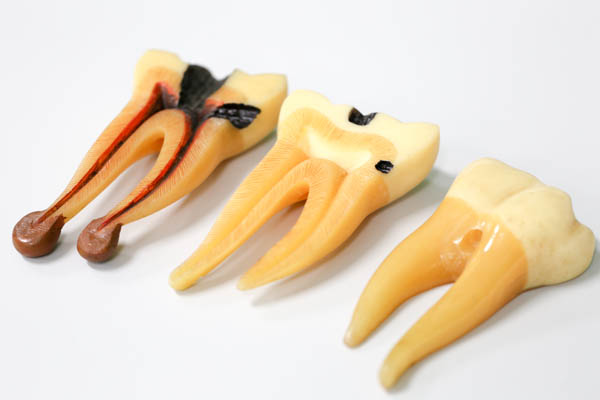Considering Invisalign®? Many people turn to this treatment option in order to straighten teeth that are crooked, crowded, or protruding. However, what may be surprising to learn is that Invisalign® can also be used to correct bite issues. When Invisalign® first hit the market, its primary use was for teeth straightening, but as the technology has greatly improved, individuals are now able to correct both under and overbites with the treatment. Keep reading to find out more about how the process works.
Invisalign® for bite issues
Below is a quick overview of Invisalign and how it can be used to correct under and overbites. This information may be helpful to individuals who are exploring their treatment options.
Invisalign defined
Invisalign is a brand of removable clear aligners that work to address a number of issues including crooked and crowding teeth, as well as under and overbites. The treatment process entails a series of aligners over the course of a year or so. Every few weeks, patients will switch out their aligners for a new one in the series. Each day, patients are to wear the aligners for at least 22 hours a day to ensure maximum results.
Because Invisalign is removable, it is important for patients to understand the discipline and responsibility that comes with the treatment process. It can be tempting to take the aligners out and forget to put them back on, however, this can make the treatment process take longer and the results can be less than optimal.
Under and overbite correction
While Invisalign is a great resource to utilize for teeth straightening, it can also be used as a treatment for under and overbites. The main difference with using Invisalign for bite correction is that the aligners themselves will only be worn for two weeks at a time. With teeth straightening, they may be worn for longer periods of time. However, the treatment process is otherwise the same.
Over the course of the treatment process, patients will gradually notice that their jaw shifts. Whether an under or overbite is the issue, the aligners will force the appropriate shift. Results will not be shown immediately, but rather over time.
When considering Invisalign for bite correction, it is also important to understand that not every under or overbite can be addressed with clear aligners. Some patients require more aggressive treatments, involving multiple methods, such as Invisalign and braces.
Each patient has varying needs, which means the treatment process will vary; however, generally speaking, dentists recommend Class III underbites to be addressed with Invisalign, but anything above it may require additional treatment.
Get started with Invisalign®
Individuals who are looking for further information on bite correction with Invisalign should consult directly with a skilled dentist. The dentist can perform an evaluation to determine what treatment route is most suitable. Patients can ask questions and go over any concerns that they have. Contact us today to find out more about Invisalign or to get started with a consultation appointment.




